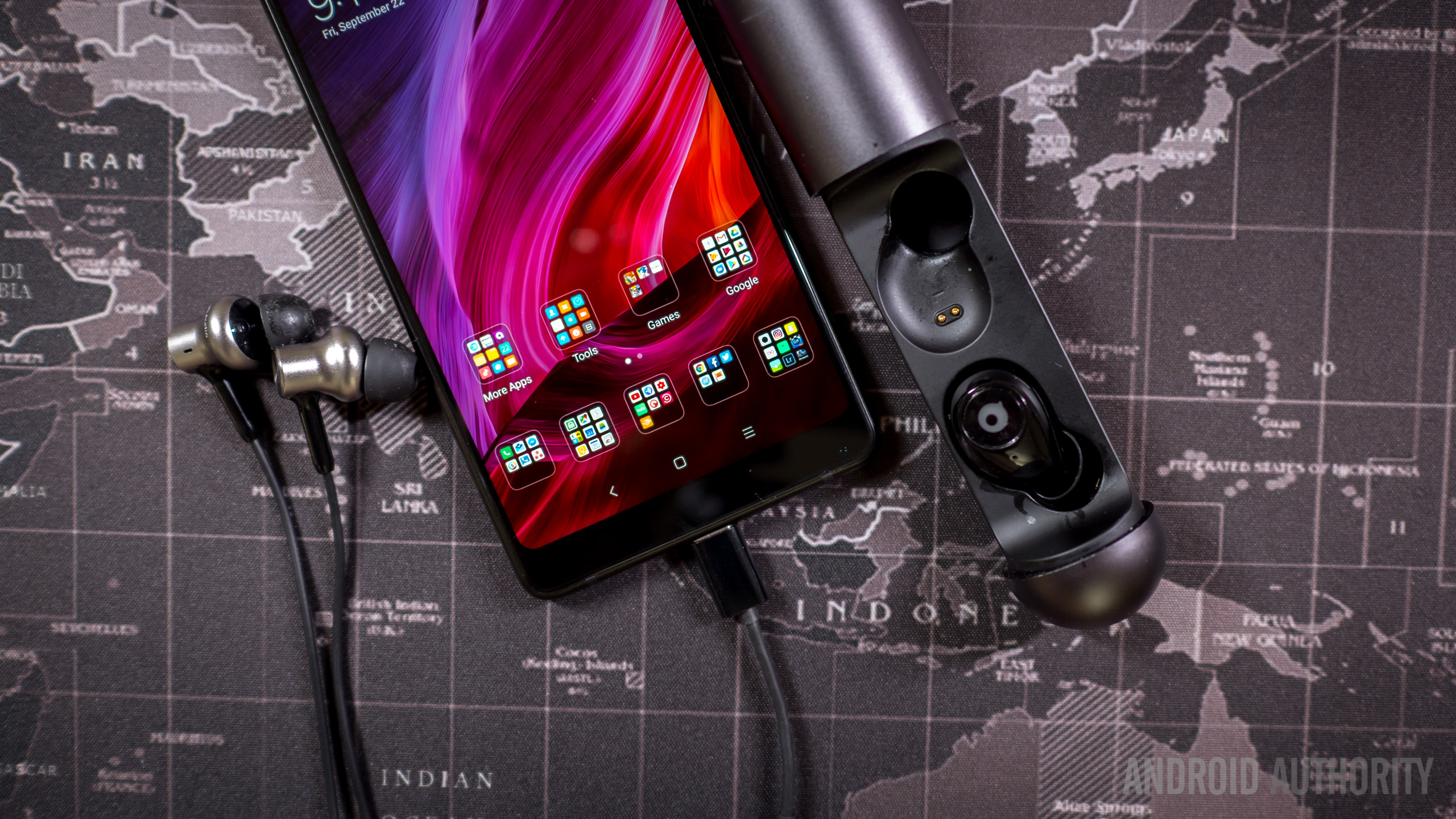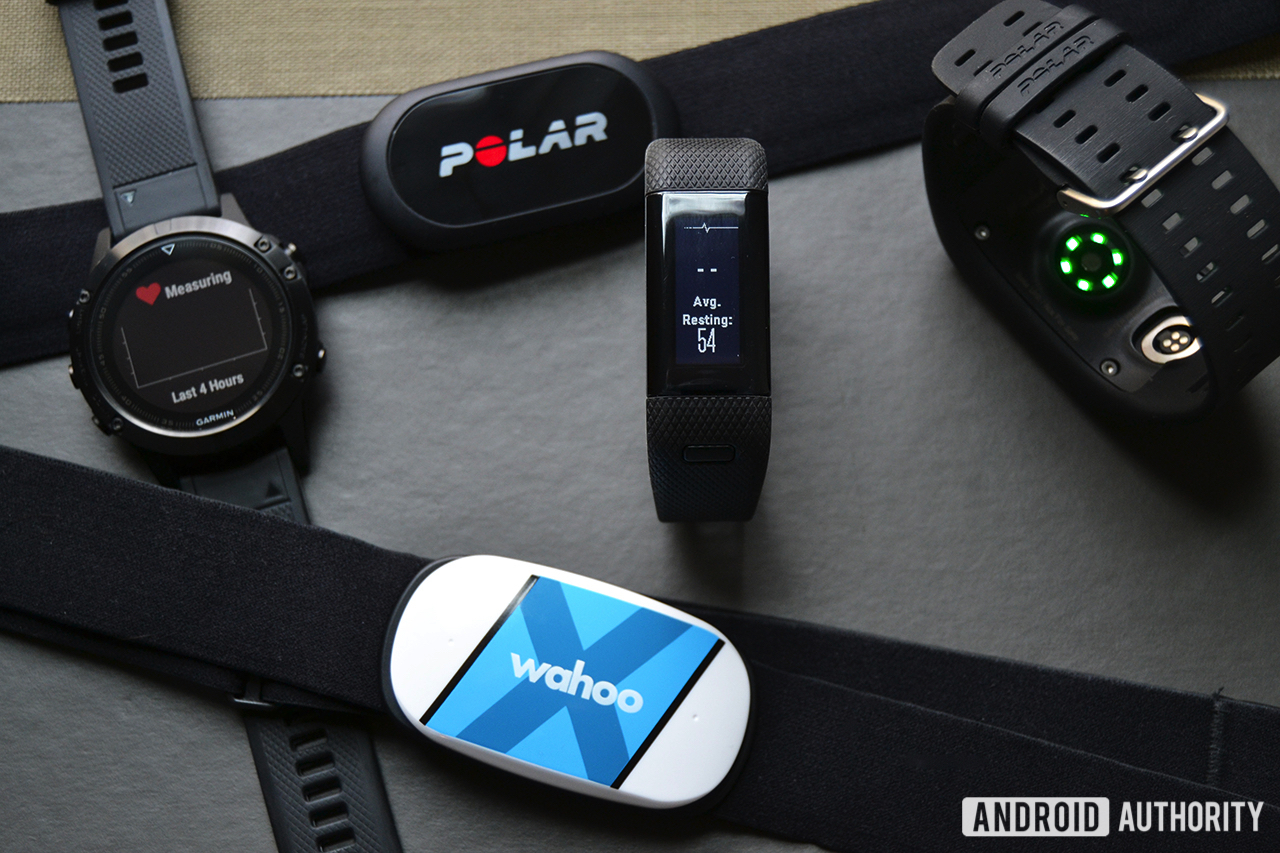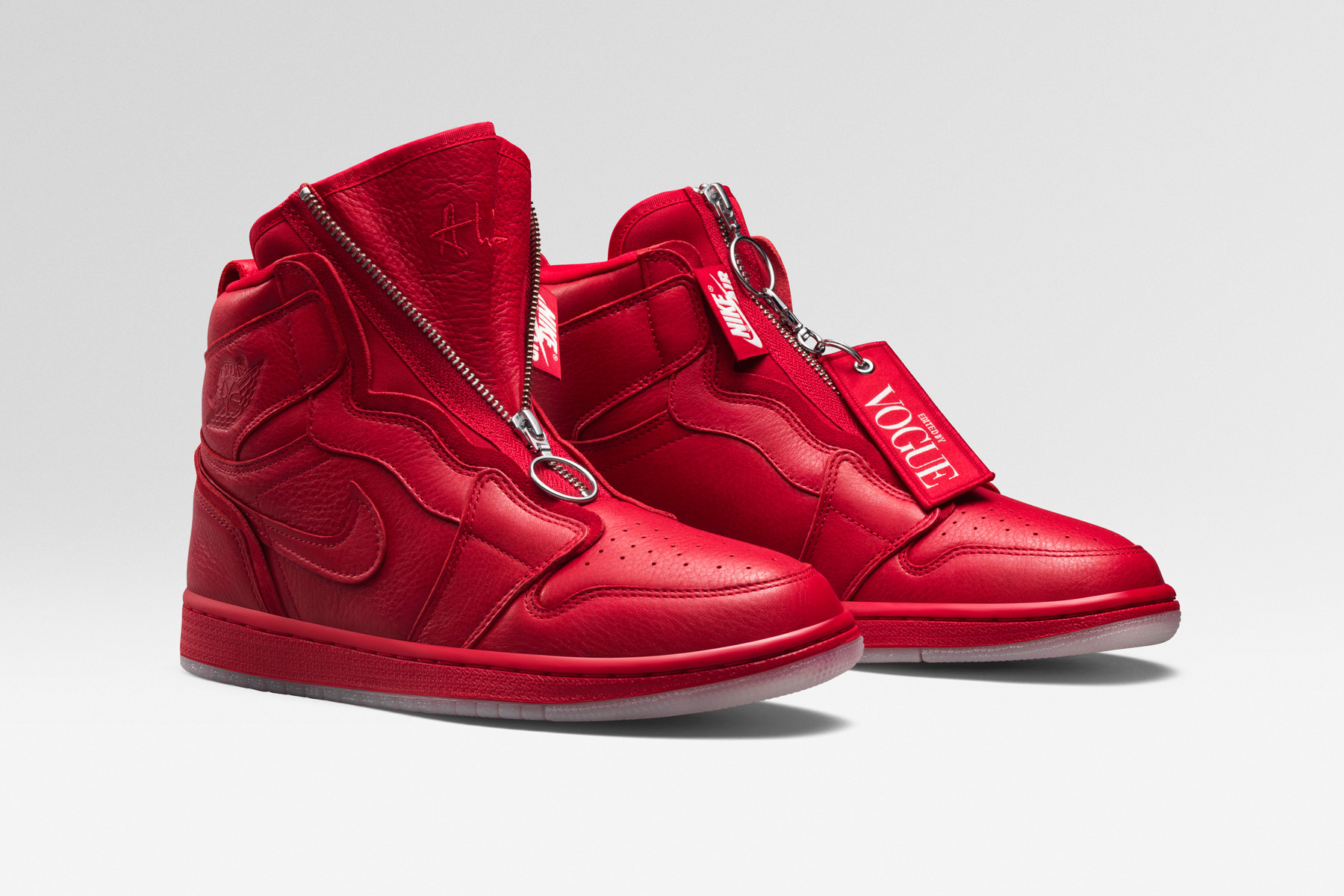As some of you may know, I’m not only a tech lover — I’m also a big fitness enthusiast. Therefore, the idea of a fitness tracker — which combines tech and fitness into a single product — seems right up my alley. Getting all your biometrics right on your wrist and seeing your progress charted over time is like something from a superhero movie.
There are practical, less nerdy benefits too. A fitness tracker should help you lose weight, improve your fitness, and adopt healthier habits around sleeping, eating, exercising, and moving.
Do fitness trackers really work, though? What is your fitness tracker actually measuring anyway? Just how accurate is it really?

As much as I love this tech, I can see some serious inherent problems. Even if this information is accurate, is it even useful?
The concept
Best fitness trackers (July 2018)
Fitness trackers have come an extremely long way over the years. No longer are they glorified pedometers; they're much more than that. Most standard fitness trackers nowadays can track your steps taken, distance traveled, how …
To find out whether fitness trackers really work, first we need to know precisely what they do. Fitness trackers come in all shapes and sizes, and include a wide variety of different sensors and features depending on the brand. Almost universally, they rely on a heart rate monitor to calculate rough calorie expenditure and motion sensors to detect movement.
The premise is simple: the harder your heart is working, the more you’re exerting yourself, the more calories you are burning.

Now if you measure the calories coming in via a diet app like MyFitnessPal, you can see the difference and attempt to maintain a “deficit.” If you consume less than you use, your body burns fat and you lose weight. If you consume more than you use, your body has a surplus of calories, which it stores as fat — you gain weight.
It’s simple math, but it has loads of problems.
The problem with heart rate monitors
The best heart rate monitors and watches (June 2018)
Keeping track of your heart rate is one of the most essential metrics when it comes to leading a healthy lifestyle and improving your fitness training and finding a good heart rate monitor is part …
The heart rate monitors used in most trackers work via a technology called pulse oximetry. An infrared light penetrates the skin and looks for subtle changes in the color of the blood. These colors represent the oxygenation of the blood, which increases with each heartbeat.
This technology is far from perfect. Many other things can impact blood oxygenation or otherwise change the appearance of the blood vessels. When you’re lifting weights, contractions alter the amount of blood reaching the limbs, so do changes like vasodilation. This is why chest-worn heart rate straps are more reliable than wrist-worn devices.

The best fitness trackers use complex algorithms analyzing movement to ascertain what activities you are engaging in and alter the heart rate interpretation accordingly. These are best described as guesstimates.
Those aren’t the only problems. Heart rate alone is not an ideal indicator of calorie burn. The assumption is that when the heart pumps faster, you are creating a demand for oxygen and energy and thus probably engaging in an activity that is “costly” from an energy perspective.
In reality, many things can increase your heart rate. Fitter individuals actually have lower resting heart rates because the strength of each heartbeat is greater — allowing their hearts to beat less frequently. Blood pressure, air pressure, ambient temperature, mood, and more can all impact on your heart rate.

A good gaming session will raise your heart rate, but you won’t burn many extra calories!
To be fair, good fitness trackers don’t rely on the heart rate alone. They measure combinations of heart rate and movement, compared against patterns derived from huge data sets using machine learning. Regardless, it is still ultimately an inaccurate picture.
Finally, it’s also problematic that most smartwatches only take a measurement of your heart rate once every few minutes or so, unless you are engaged in some kind of workout. This is intended to conserve energy, while allowing for an average resting and maximum heart rate. The amount of calories you burn during a gym session actually only has a small impact on your total daily calorie expenditure. Far more important are your levels of activity throughout the day. Your smartwatch may remind you to get up and walk around every now and again, but it might also miss your quick impromptu dance routine in the kitchen.
The number of calories you burn during a gym session actually only has a small impact on your total daily calorie expenditure
It’s very possible the real secret to impressive weight loss is just to be more energetic and active throughout the day — and your fitness tracker has no way of effectively tracking this. Whether fitness trackers actually work depends on if you’re a runner or a weightlifter, or whether you’re looking to lose weight throughout the day, or just during your workouts.
Do fitness trackers really work?
What’s even more concerning is what is ultimately done with all this information.
The central hypothesis driving the smartwatch industry is that losing weight is a simple matter of “calories in versus calories out.” This view is held by many fitness experts, bodybuilders, and nutritionists. But not all.

Calories in – calories out = weight loss?
Another crowd maintains that counting calories is actually ineffective for a large number of the population. According to this perspective, the answer has more to do with metabolism, hormone balance, insulin sensitivity, gut bacteria, nutrient density and so on. These people push intermittent fasting, ketogenic diets, and the paleo lifestyle. This group might answer the question of whether fitness trackers really work quite differently.
Allow me to be so bold as to present my take.
Burning more calories than you consume will result in weight loss. However, we have no idea how many calories we’re actually burning a lot of the time.
Smartwatches and the calorie-counting crowd rely on a number called an Active Metabolic Rate (AMR) to do their math. This is the number of calories that you burn during a normal day of activity. In turn, this is calculated as your Basal Metabolic Rate (BMR) — the number of calories simply required for breathing and thinking — plus any activity on top.

To get your BMR and therefore your AMR, enter your height, your weight, and sex. This is necessary because taller people require more energy just to go about their usual business — that’s why bigger folks tend to eat more. Likewise, men and women burn slightly different amounts of calories — with women usually requiring a little less food on a daily basis.
There’s a glaring omission here: muscle mass.
Muscle is metabolically active — it requires energy to maintain and to use. Someone who is 165lbs and very muscular will burn more calories than someone who is 165lbs with no muscle.

Pack on muscle and your fitness tracker may become less accurate…
There are ways around this. You can do a similar BMR calculation using your lean body mass, which is a much more useful figure for learning calories burned. Very few fitness trackers allow you to enter this information. None that I know of ask for a body fat percentage by default. Most users would likewise understand why that might be a problem.
However, the problem runs much deeper than that. Individual differences when it comes to calories burned don’t just come down to body weight and muscle mass. Two people roughly the same height and weight probably won’t burn the same number of calories.
If you have a higher level of testosterone for instance then you will burn more calories and build more muscle
Hormone balance plays a big role here. If you have a higher level of testosterone, you will burn more calories and build more muscle. Likewise, thyroid hormones, cortisol levels, insulin, and more all play a role.
Best GPS running watches (April 2018)
There are plenty of great fitness trackers on the market right now, each of which cater to different users with different needs. Just need to keep an eye on your daily activity levels? Maybe the Fitbit …
Don’t believe that hormones can make that much difference to your physique? Look at someone who uses steroids. They would have the same numbers as anyone else on a fitness tracker, but they’d look a whole lot different.
Now I’m not suggesting you use steroids, but while you might not have the sky-high testosterone levels of someone who uses them, a slightly higher or lower number could still have a more minor impact on your weight loss.

Likewise, many women who start using oral contraceptives will find they either gain or lose weight as a result.
Similarly, many health conditions like hypothyroidism can drastically alter the way your body uses energy from food. You might not have hypothyroidism, but if you are struggling to lose weight despite what the numbers are saying, you might still have a slower metabolism than average. It’s better to think about these things as spectrums, rather than binaries in many cases.
Many other things might influence your actual BMR too, such as your gut bacteria. Our guts harbor a lot of friendly bacteria that we are increasingly learning plays a very vital role in our health and wellbeing. These critters help us to produce hormones and neurotransmitters, they aid with our digestion, and they fend off bad bacteria. Several case studies have shown us that fecal transplants (yep it’s what it sounds like!) can result in rapid weight loss or weight gain thanks to the loss or addition of the bacteria.

If it were possible to precisely count calories going in and out, this would lead to more accurate predictions of weight gain or weight loss. However, our idea of how to calculate calorie burn is probably pretty primitive, and the resulting number might end up being more misleading than helpful. This all casts some doubt when asking if fitness trackers work.
Should I throw out my fitness tracker?
If all this sounds very negative, forgive me. I’m actually a big fan of fitness trackers.
For most people, the calorie calculations are accurate enough to be useful. Calorie restriction is a great place to start, and it’s only when you find it doesn’t work that you need to start considering other options to improve your metabolism and general health and fitness.

As Tim Ferriss points out, sometimes just having a single metric to track can be incredibly valuable — even if that metric isn’t completely accurate or doesn’t paint a complete picture. Do fitness trackers work? If it’s been working for you, then yes! I know plenty of people personally who have lost weight using them.
That’s really where fitness trackers come into their own. They are highly useful devices for simply letting us track our general levels of activity and to identify areas where we could be doing better. Trying not to break the chain is a seriously motivating reason to keep going to the gym or to keep your calorie intake low (just as Seinfeld.)

Cowabunga!
Of course, fitness trackers also do much more than just count calories and steps — they’re useful for training in heart rate zones (see my post on seven minute workouts), and they provide sleep tracking, meditation modes, and more. I’m really excited for the future of these devices and how they might be able to advise us on our chronotype, or look at our heart rate variability to estimate recovery. Projects like the Oura Ring show promise in this regard.
Even by simply making us more aware of more aspects of our health, any fitness tracker can help improve many areas of our lives. That which is measured, improves.

Just understand the limits of these devices. Don’t take their results as law. There’s far more going on in our bodies than they can measure, or than even we fully understand. It’s not as simple as just asking do fitness trackers work. Nothing about the body is simple!
via WixxSid














